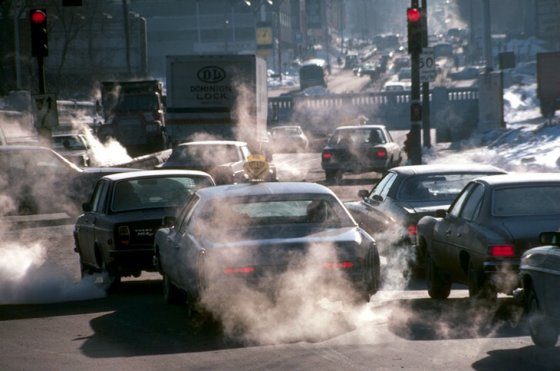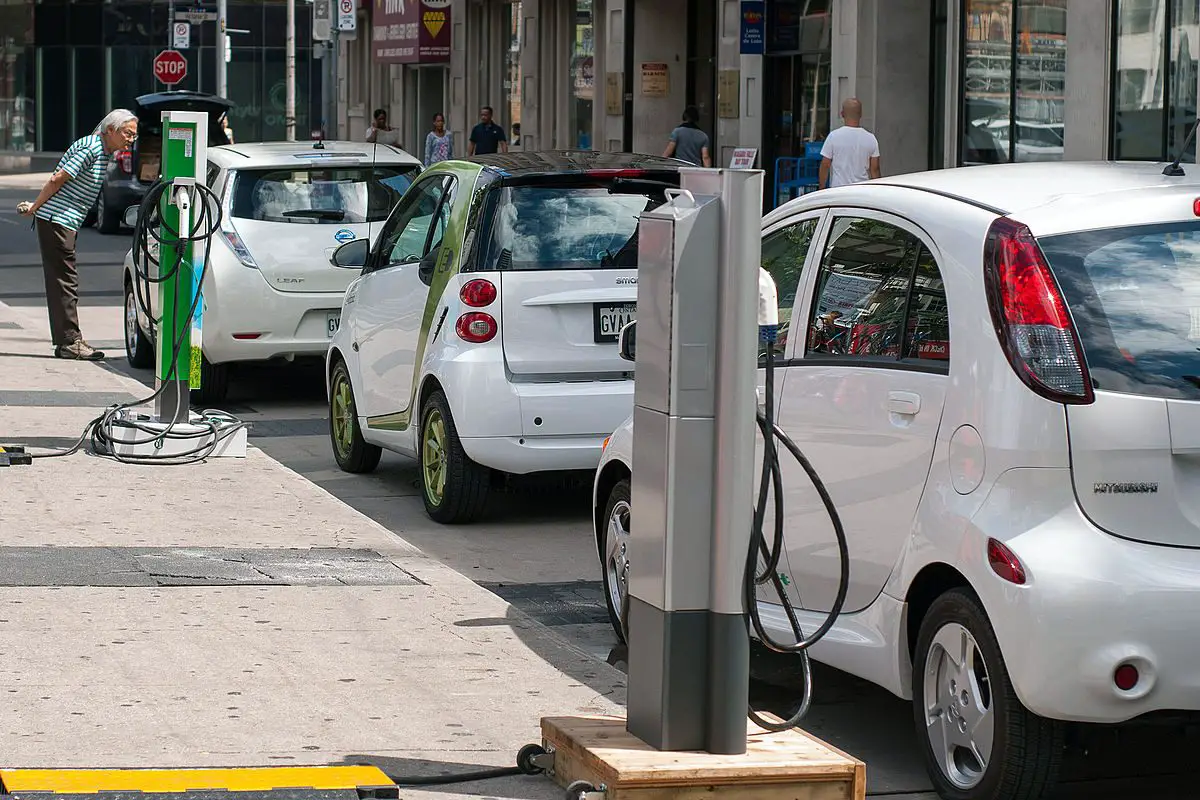In recent years, Costa Rica has become a global example of “Green” energy producer, by generating practically all of its electricity from clean sources, mainly hydroelectric and geothermal plants. But it still carries the burden of a highly polluting transport fleet that is urgently needed to be modernized.

“Costa Rica has the ideal characteristics to change its vehicle fleet to an electric one, since it already has an electricity grid that is 99% fed by renewable sources, which is stable and covers 99% of the population”, indicates one of the conclusions of the forum “The future of electric cars”, organized this month by the Technological Institute of Costa Rica.
Official data shows that at present the transport sector generates 54% of gas emissions from Costa Rica, of which 41% comes from personal automobiles.
What is necessary to take that great step towards a modernization of the transport passes through the political and cultural realm of the Costa Ricans, who suffer increasingly the bottlenecks in the main population centers.
The Costa Rican Congress is discussing the Promotion of Electric Transmission Incentives Bill, which seeks to exempt electric cars from tax as a way to encourage their importation and acquisition.
Another initiative under study is the Non-Pollutant Transition Bill, which would set the 2030 deadline for the sale of internal combustion vehicles in Costa Rica.
“We have to stimulate demand, in this case through a matrix of incentives, and on the supply side, which in this case is to stimulate producers and those who are going to install recharge networks in Costa Rica,” he explained. The deputy of the ruling Partido Acción Ciudadana (PAC), Marcela Guerrero.
According to projections by the state-owned Costa Rican Electricity Institute (ICE), the dominant market operator, the entry of 35,000 electric vehicles would represent an increase of only 1% of the country’s energy demand.

The big challenge is to lower the prices of electric vehicles to make them attractive, to have a cultural change in people to acquire them and also to build the infrastructure required to recharge the batteries and develop technical skills to maintain these cars.
The study “Essentially Electric: How Costa Rica Can Drive Electric Mobility”, by the Costa Rica Limpia Foundation, states that modernizing transport is fundamental if the country wants to fulfill the environmental commitments acquired in the Paris Agreement.
In the Paris Agreement on Climate Change, Costa Rica committed to reducing its greenhouse gas (GHG) emissions by 25%, from 12.4 million tonnes in 2012 to 9.4 million tonnes in 2030.
“Given that the country’s electricity supply is almost 100 percent renewable, Costa Rica can not, like many countries, greatly reduce emissions in electricity generation, but must focus on transportation,” the study points out.
Between 2000 and 2014, Costa Rica’s fleet of vehicles doubled from about 700,000 cars to almost 1.5 million, which has caused air pollution to exceed the limits of the World Health Organization in the Metropolitan Area.
Another aspect is economic because using electricity for transportation Costa Rica would reduce the use of hydrocarbons, whose annual imports between 2012 and 2016 averaged 3.5% of GDP.
In addition to the change of fleet to an electric, Costa Rica also needs to modernize its public transport and make it attractive to users.
Old buses and often poor service by public transport companies make people with sufficient income choose to buy a vehicle.
San José has a passenger train that connects with the cities of Heredia, Alajuela, and Cartago, but the units are old, fuel-based and suffer constant accidents when passing through the city with few signs of prevention and security measures for the vehicles at intersections.
The possibility of building a tram, an electric train and up to one meter, have regained validity in recent years, without actually defining a specific project.
